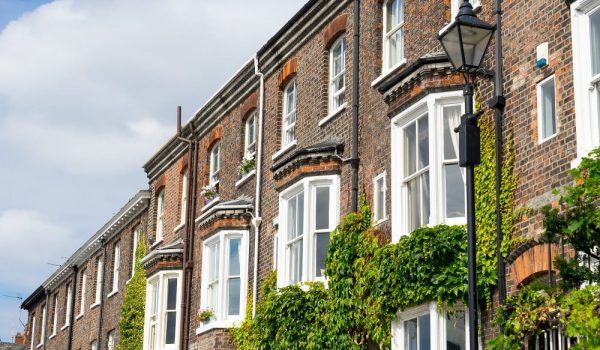A HMO – or a House in Multiple Occupation – has for some time now been one of the biggest earners for property investors – simply because you have more tenants and therefore more rental income coming in each month.
The government’s definition of a HMO was changed by parliament in February this year, and comes in to effect on October 1. From then, a HMO is a rented property with five or more individuals and forming two or more separate households. This is according to “The Licensing of Houses in Multiple Occupation (Prescribed Description) (England) Order 2018.”
Previously, the definition of a HMO was the same with the exception that the building had three or more storeys.
Further new rules consist of minimum room sizes, also due to come in to force on October 1 this year. They are that bedrooms for an individual aged 10 and over should be at least 6.51 square metres and for two people no less than 10.22 square metres. For a child under 10, the room should be a minimum of 4.64 square metres.
In some areas – particularly student cities such as Oxford, St Andrews and Cardiff, there are HMO restricted zones (which come under an Article 4 Directive) where further HMO accommodation has effectively been banned. This is because the local council felt that over-saturation of HMOs were ‘changing the character’ of the area and that more family accommodation needed to be identified.
Stipulations for a HMO licence
It’s not easy obtaining a council licence for a HMO. There are certain stipulations that landlords must adhere to – and these have been tightened in recent years.
Different demands vary between local authorities, but on the whole most insist on:
- Regular fire safety testing and adequate fire fighting equipment such as working smoke alarms, extinguishers and smoke blankets;
- Annual gas safety checks;
- Five yearly electrical checks;
- Adequate kitchen facilities;
- Number of bathrooms per residents complies;
- Ensuring litter and bin bags are regularly disposed of.
How to obtain a HMO licence
HMO licences are granted by the local authority in which the rental property sits. Licensing is mandatory; failure to comply will result in a hefty fine (around £30,000 in some London boroughs).
Once an application for a HMO licence has been received by the council, there will be a full inspection of the property by council officers. Only once the inspection is completed and any suggestions followed up, will the licence be approved and issued.
The licence itself costs around £850 and must be renewed every five years. The council can carry out an impromptu inspection of the HMO at any time during this period, to satisfy themselves standards are being adhered to.
Let us help you find your next HMO
The best way to make money on a HMO property is to convert an existing residential property into multi-rental accommodation. The type of property to look for would be homes where you could add extra bedrooms. This includes current dwelling houses with a spare dining room or a large room, which you could potentially divide and make into two smaller rooms.



